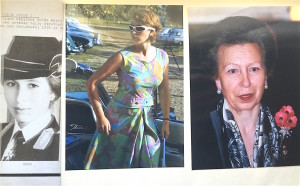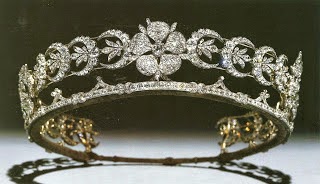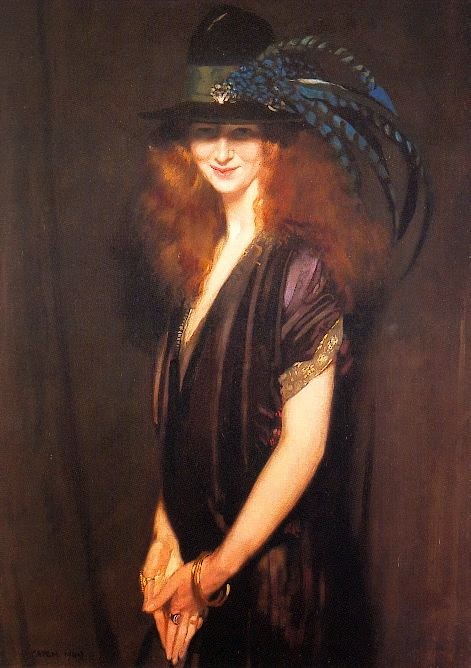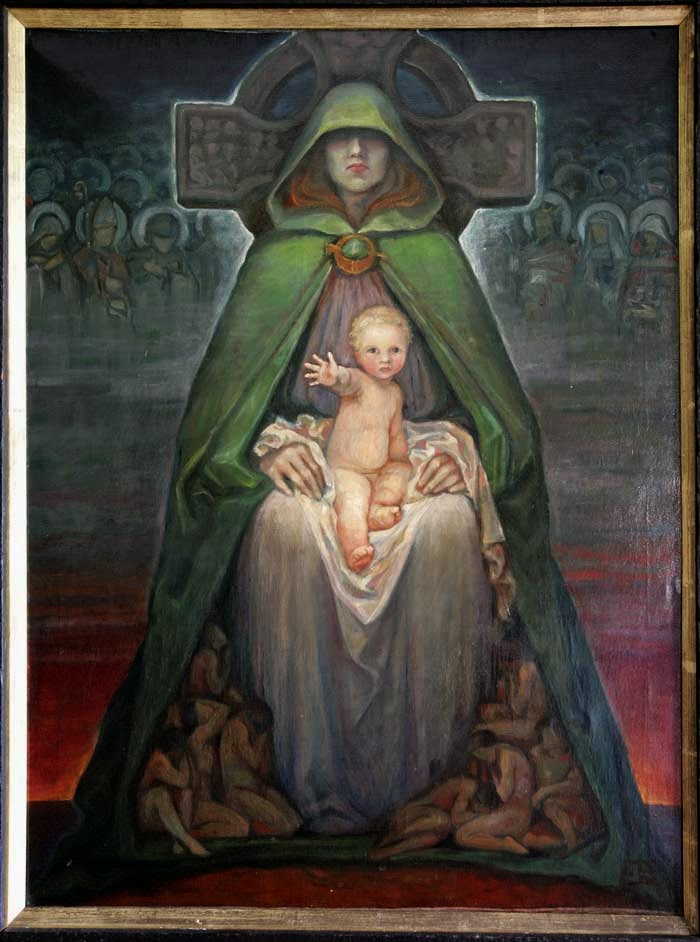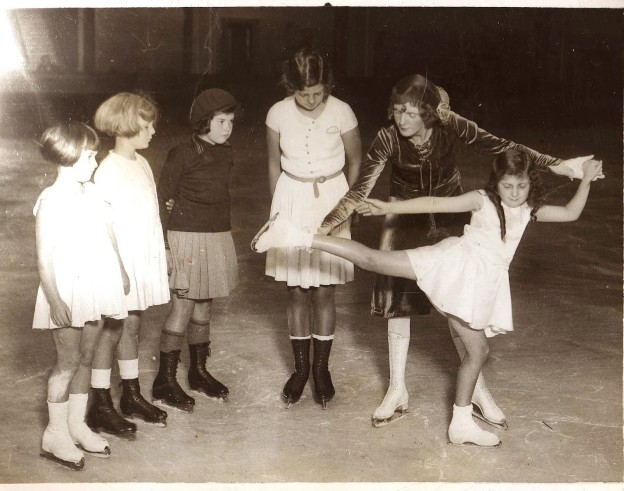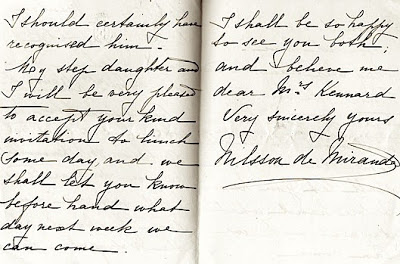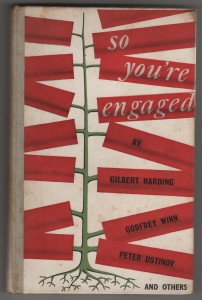 In view of the coming Royal Wedding here’s a glimpse of the conventions regarding engagements that prevailed sixty three years ago. So You’re Engaged, a collection of essays by a motley crew of contributors, containing some ‘big‘ names of the time, such as the cartoonist Marc, Gilbert Harding, Godfrey Winn, John Betjeman, Constance Spry, Peter Ustinov, Elizabeth Arden, Andre Simon and Googie Withers, is undoubtably a period piece, just as today’s guides to healthy living and spiritual wellbeing will be regarded as ‘of their time’ in the future.
In view of the coming Royal Wedding here’s a glimpse of the conventions regarding engagements that prevailed sixty three years ago. So You’re Engaged, a collection of essays by a motley crew of contributors, containing some ‘big‘ names of the time, such as the cartoonist Marc, Gilbert Harding, Godfrey Winn, John Betjeman, Constance Spry, Peter Ustinov, Elizabeth Arden, Andre Simon and Googie Withers, is undoubtably a period piece, just as today’s guides to healthy living and spiritual wellbeing will be regarded as ‘of their time’ in the future.
The first contributor was ‘What’s My Line’ radio celebrity and confirmed bachelor Gilbert Harding, who injects some clear-headed common sense into the ‘delovely and delicious ‘aspects of being engaged. It’s all very well the groom drinking in all the beauty of his future bride, Harding warns, but this is the time to notice some of her irritating habits. ‘Does she get lipstick on her teeth, comb her hair in public, let her stockings get twisted, let her nail varnish flake?’ Moreover, does the handsome fiancé ‘ talk with his pipe in his mouth, does he use a clothes brush, does he keep his shoes clean and can you bear his friends ?’
There are some wise words too from Gilbert on how to keep the marriage on an even keel. Harding cites five ‘really happy marriages ‘he has known in which the couples have alighted on a winning formula. They behave, Harding suggests, as if they are ‘still engaged’. Continue reading


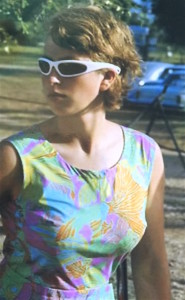 Bought at eBay for the price of a latte (and muffin) -these 3 photos purporting to be of a British royal –
Bought at eBay for the price of a latte (and muffin) -these 3 photos purporting to be of a British royal – 